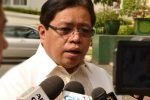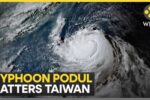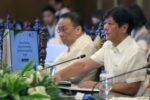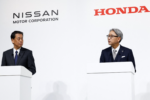Taiwan president unveils ‘T-Dome’ air defense system to counter China threat
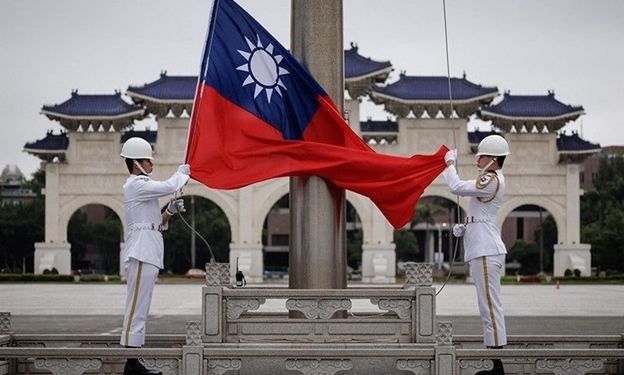
BY REUTERS
TAIPEI – Taiwan will build a new multi-layered air defense system called “T-Dome” to defend itself against enemy threats and increase defense spending, President Lai Ching-te said on Friday, calling on China to renounce the use of force to seize the island.
Democratically governed Taiwan has faced increased military and political pressure from China, which views the island as its own territory over the strong objections of the government in Taipei.
Taiwan is ramping up defense spending and modernizing its armed forces, but faces a China that has a far larger military and is adding advanced new weapons such as stealth fighter jets, aircraft carriers and a huge array of missiles.
Taiwan to weave defense safety net
Lai said in his National Day address that Taiwan is determined to spend more on defense, and would propose a special budget for military spending by the end of the year, showing the government’s determination to protect the island.
“The increase in defense spending has a purpose; it is a clear necessity to counter enemy threats and a driving force for developing our defense industries,” he said.
“We will accelerate our building of the T-Dome, establish a rigorous air defense system in Taiwan with multi-layered defense, high-level detection, and effective interception, and weave a safety net for Taiwan to protect the lives and property of citizens,” Lai said, to applause from the crowd.
He did not give details about “T-Dome” in his first public mention of the system. Reuters reported on Thursday he would unveil the “T-Dome”, which one source said would aim to be like Israel’s Iron Dome.
A senior presidential office official told reporters that the “T-Dome” spending plans would be included in the budget proposal to come by the end of the year.
“We are hoping to build a more thorough air defense net with a higher interception rate,” said the official, speaking on condition of anonymity, adding that countries like the United States are also building similar systems.
Taiwan’s existing air defense systems are primarily based around the US-made Patriot and the Taiwan-developed Sky Bow missiles.
Taiwan unveiled its latest air defense missile last month at a major arms show in Taipei, called Chiang-Kong, which is designed to intercept mid-level ballistic missiles and reach airspace higher than the Patriots.
Responding to the speech, Chinese Foreign Ministry spokesperson Guo Jiakun said that “seeking independence by force” would only drag Taiwan into conflict.
“He peddles the separatist fallacy of Taiwan independence,” Guo told reporters in Beijing. “This once again exposes his stubborn nature as a troublemaker, creator of danger and a war-maker.”
China, which held war games around the island in response to his speech last year, says Lai is a “separatist” and has rebuffed his offers of talks.
Lai added that China should renounce the use of force or coercion to change the status quo across the Taiwan Strait, and that Taiwan will work to ensure peace and stability.
“Looking back at World War Two, we see that so many experienced the suffering of war and the pain of invasion. We should learn from these lessons and ensure that the tragedies of history are never repeated,” Lai said.
A US administration official said that the United States welcomed Lai’s commitment to increase defense spending and comments on ensuring peace and stability.
“We’re not going to speculate on how Beijing might react. But our general policy is that we don’t think routine speeches should be used as a pretext for taking any sort of coercive or military action,” the official said.
Taiwan’s National Day is held on the anniversary of a 1911 uprising that led to the overthrow of China’s last imperial dynasty and the establishment of the Republic of China.
The Republican government fled to Taiwan in 1949 after losing a civil war with Mao Zedong’s communists, and the Republic of China remains the island’s formal name. Reuters
